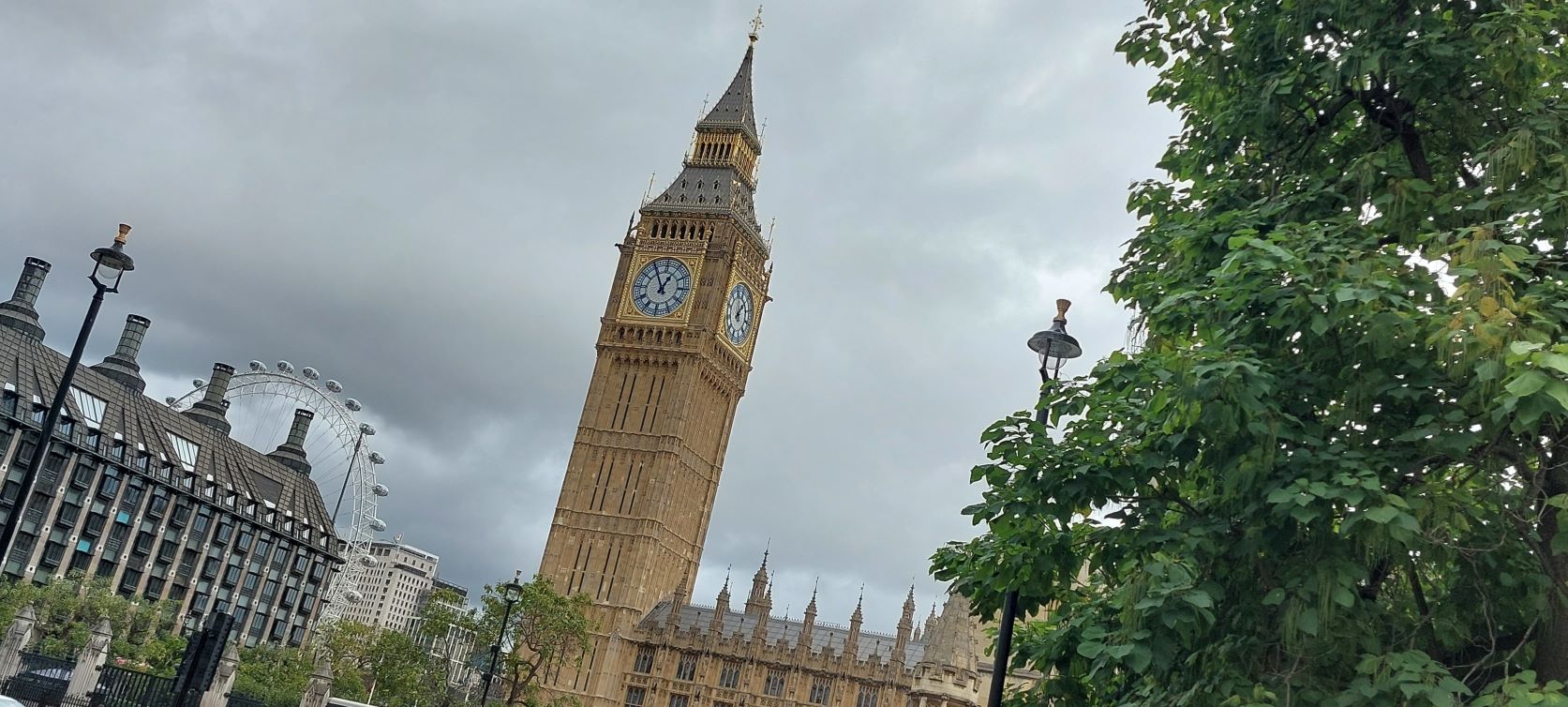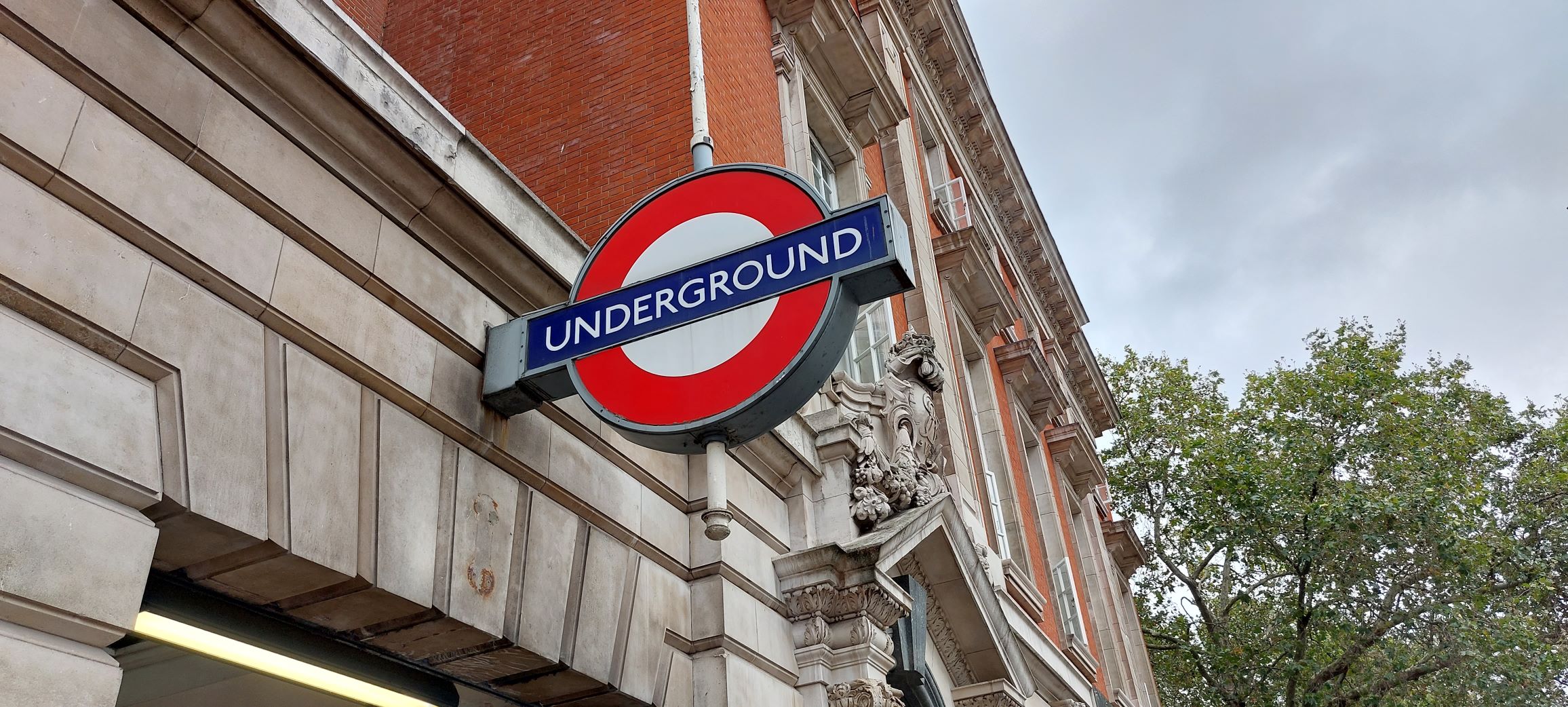Dorothea is a fourth-year PhD student and polar ice core scientist based jointly between Cambridge’s Department of Earth Science and the British Antarctic Survey, where she investigates the characteristics of melt layers in ice cores and their potential for paleoclimate reconstruction. In Autumn 2023, Dorothea spent three months on an internship with the Government Office for Science. In this blog post, she talks about her experience.

Impact beyond the horizon
In our interconnected and rapidly warming world, polar research reveals that the changes currently occurring in the Arctic and Antarctic don’t stay there but shape the globe.
As a scientist, I have always felt a responsibility and interest to communicate what I am learning. My work matters depending on its impact both within our research field and beyond – and there are many ways to engage in science transfer, ranging from educational outreach and commercialisation of innovative technologies to work in policy.
The UKRI Policy Internships Scheme has been an amazing training opportunity for me to explore science-into-policy hands-on, and I’d recommend an internship to anyone doing a PhD.
It has allowed me to take a step back from academic routines, apply and expand on transferrable skills, and get to know a potential career path. Writing after he left his post, the previous Government Chief Scientific Adviser, Sir Patrick Vallance, observed that science advice is sought after in government.

What is GO-Science and what was I doing?
The Government Office for Science, or GO-Science for short, is a science advisory organisation connected to the Department for Science, Innovation and Technology, which helps to ensure all levels of government receive the best scientific evidence available. It is led by the Government Chief Scientific Adviser, Dame Angela McLean.
As a knowledge broker, GO-Science teams collate research findings as briefs that can inform long-term strategic decision making. Another of its key roles is to manage science relationships across government, for example by connecting departments with the scientific community, either directly or through science advisory committees and councils.
With nearly two hundred advisory bodies connected to government, it was one of my first jobs as an intern to help visualise how they relate to the various departments and each other. The result is a searchable map, which helps to connect officials in government to expertise matching their research questions across a wide-ranging network.
Afterwards, the comprehensive yet sometimes-fragmented government knowledge system led me to explore the concepts of ‘systems thinking’ and ‘transdisciplinary research approaches’, because today’s societal and environmental challenges require holistic policy responses beyond the capacity of individual disciplines.
As an Earth scientist by training, a system being more than its parts immediately rings true. However, disciplinary research based on more linear science project designs, from hypothesis via methods to results, remains most common in everyday academia. That’s why it has been an invaluable learning experience to apply systems approaches and thereby reclaim a personal strength – thinking in networks and identifying connections – in this new context.
To investigate the potential and applicability of transdisciplinary research for GO-Science, I developed, organised, and ran a transdisciplinary round table on a cross-cutting research question with key shareholders in the issue. Even when challenging, it was a joy and a key achievement during my time at GO-Science.

Leaving the comfort zone to bridge the gap
We all have our ‘normal’ – working environments, communication styles, daily routines – and I won’t forget my first commute to the London Office. As the train approached Kings Cross and I joined the stream of Londoners taking the tube, I burst the bubble of what is normal in academia or Cambridge and jumped into something new – the culture of Whitehall.
For example, civil servants and policymakers tend to be short on time, so it’s important to convey the main message briefly, clearly, with conclusions upfront before diving into context or methodical background. That took a bit of adjusting to, because peer-reviewed scientific articles, which are the most regular written research output, are structured quite differently, but it’s worth learning.
Working in fast-paced Whitehall also made me appreciate effective meeting and time management. Simple things like sharing your calendar with others can speed up scheduling meetings that suit all. And shorter scientific meetings are possible — 30 minutes will do most of the time if it’s a simple catch up and the agenda well-prepared.


After all, my internship was done in a hybrid format, working in London one or two days a week and from Cambridge on other days. Going back and forth has helped me to process the differences between science and policy. In either of these two worlds, it’s easy to get stuck in our own ways, and I hope that more scientists take the chance to engage with civil servants and vice versa to build bridges and increase mutual understanding.
Looking in from the outside, policy change is slow — but having now seen inside I understand more of why it works a certain way. That doesn’t mean I see less urgency to work quickly, but I can appreciate the challenges involved in decision making, acknowledge the hard work of civil servants, and tailor my formats of scientific output so that it’s helpful.
Coming back to my PhD, I have an even clearer sense of the importance and avenues of engaging in science-into-policy as a researcher. Looking to the longer term, and my career, I know I want to have a foot in research, or certainly be up to date with it, and this internship has strengthened my conviction that I want to be a scientist who communicates. By having a break, I’ve also hit the refresh button on my PhD — I came back feeling encouraged that I’m still just as passionate about my research and ready for this next season of writing up.
Feature image: Dorothea Moser documenting results of rain-on-snow experiments during Arctic fieldwork in Ny-Ålesund, March 2023. Picture credit: Iain Rudkin.


